
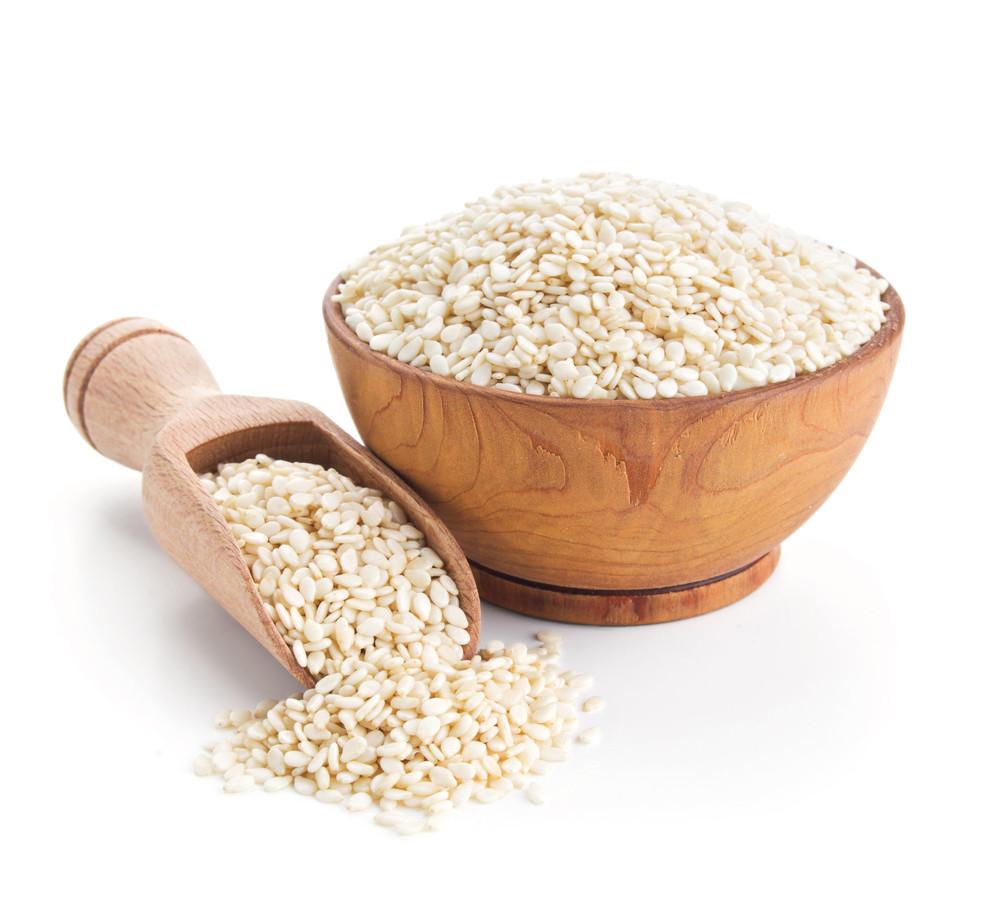
Sesame is a flowering plant in the genus sesamum. India is the world's largest producer of sesame seeds. India produces a wide range of sesame seed varieties and grades each peculiar to the region where they are grown. Natural Sesame Seed contains all the natural nutrients, and it is rich source of minerals, edible Oil & is counted among the most nutritious seed because of its protein & valuable amino acids content. It is available as Natural White, Black, Brown, Golden and Crushing Quality in variety of grades. The size of the seed, its hardness, taste, color, oil content and power of resistance to pests entirely depends on the variety of seed. It is cholesterol free and are helpful to improve the health and nourishment. Sesame seeds also contain two unique substances: sesamin and sesamolin known to have a cholesterol lowering effect in humans and to prevent high blood pressure. Sesame seed is a common ingredient in various cuisines. It is used whole in cooking for its rich, nutty flavor. Sesame seeds are sometimes added to breads, including bagels and the tops of hamburger buns
Varieties of sesame seed are as follows:Whitish Sesame Seeds (Grade 99/ 1, 98/ 2, 95/5)
Black Sesame Seeds (Grade 99/ 1, 98/ 2)
Crushing Quality Sesame Seed (Mixed Grade: Brown, Brown / Black, from Whitish)
Hulled Sesame Seed

Sesame oil is an edible vegetable oil derived from sesame seeds. Besides being used as a cooking oil in South India, it is often used as a flavor enhancer in Chinese, Japanese, Middle Eastern, Korean, and Southeast Asian cuisine. Sesame oil is not only a rich source of protein but it also helps to reduce chances of getting diabetes & blood pressure, lower cholesterol and is good for digestion and is healthy for skin with many other health benefits. The oil from the nutrient-rich seed is popular in alternative medicine, from traditional massages and treatments to the modern day. The traditional Indian medical practice of Ayurveda uses sesame oil.

Soybean belongs to the legume family of East Asia and is related to peas and clove. It is an oilseed bean, oval in shape, which is produced on a bush-like, green soybean plant. Size of soybean is like the size of a common pea. As, it provides oil and protein in bulk; soybean is also called a miracle crop. It comprises around 45% proteins and 18% oil. This, crop is very nutritive in nature and a wide variety of climates and soils support this crop. It also contains unsaturated fatty acids in high proportion. The most popular and the largest produced oilseed in the world is soybean.

Soybean Oil is extracted from the seeds of soybean. It is of a dark yellow color in general. It has been popular for its health benefits all around the world. Because of the hydrogenation properties of the oil and existence of genetically engineered varieties, it is difficult to use soybean oil in cooking. All the standard vegetable oils generally contain some quantity of soybean oil. After its processing, soybean oil is sold in the market as a vegetable oil, whereas, the remains of the processed soybean meal are used to feed the animals. Apart from this, the uses of soybean oil are many, such as, there is an ingredient extracted from soybean oil named Lecithin, which has the natural emulsifier and lubricant properties, thus it is used in manufacturing of various food items, as well as having various commercial and industrial applications, such as, it is used for protective coatings in pharmaceutical products, it keeps cocoa butter and the chocolate together in a candy bar, etc. Further, the oil is used in the making of edible food products like mayonnaise, salad dressing, margarine, as well as non-dairy coffee creamers. The composition of soybean oil is approx. 16 grams of saturated fat, 23 grams of monounsaturated fat, and 58 grams of polyunsaturated fat per 100 grams of oil.

The mustard is a well-known oil seed. The biggest advantage is that they can be grown in a wide range of agro-climatic conditions. In India, rapeseed and mustard are grouped together. Amongst the nine major oilseeds cultivated in India, they come second, only after groundnut. Mustard comes in various forms; but the three of them – black, yellow and white or brown varieties are widely used. While black mustard seeds are popular in India, yellow or brown varieties are widely used in United States and other countries where sea food is widely consumed. The small, round seeds are used either as whole or in grounded form. With sharp, pungent and earthy flavor, mustard seeds or powder can add an exotic flavor to the food preparations be it curries, meat dishes, sausages and more. Mustard seeds are packed with fiber, minerals, omega-3 acids and other valuable nutrients essential for human body. Hence, whole mustard seeds in India are usually used in curries to add a healthy touch along with flavor the food. It also contains vitamin B6, folic acid, magnesium, calcium, iron, niacin, vitamin A, and are an excellent source of phytochemicals thought to prevent cancer an excellent source of vitamin E, vitamin C We export Yellow Mustard seeds small and bold variety, Brown Mustard seeds Medium and Bold variety.
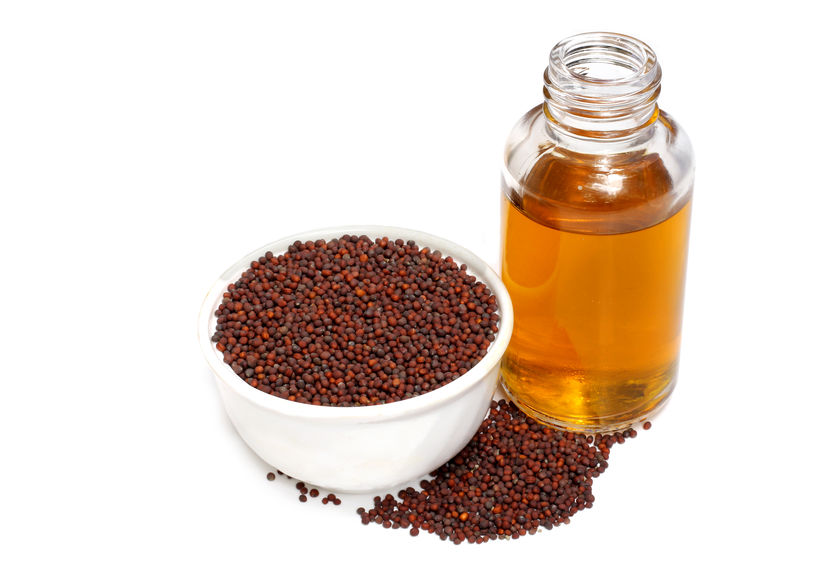
Mustard oil is used for cooking in North India, Eastern India, Nepal, Bangladesh and Pakistan. In Bengal, Orissa, Assam and Nepal, it is the traditionally preferred oil for cooking. The oil makes up about 30% of the mustard seeds. It can be produced from black mustard (Brassica nigra), brown Indian mustard (Brassica juncea), and white mustard (Brassica hirta). The characteristic pungent flavor of mustard oil is due to allylisothiocyanate. Mustard oil is the third-largest source of vegetable oil in the world. Mustard oil is a great stimulant, cleansing out the body by enhancing circulation and digestion.
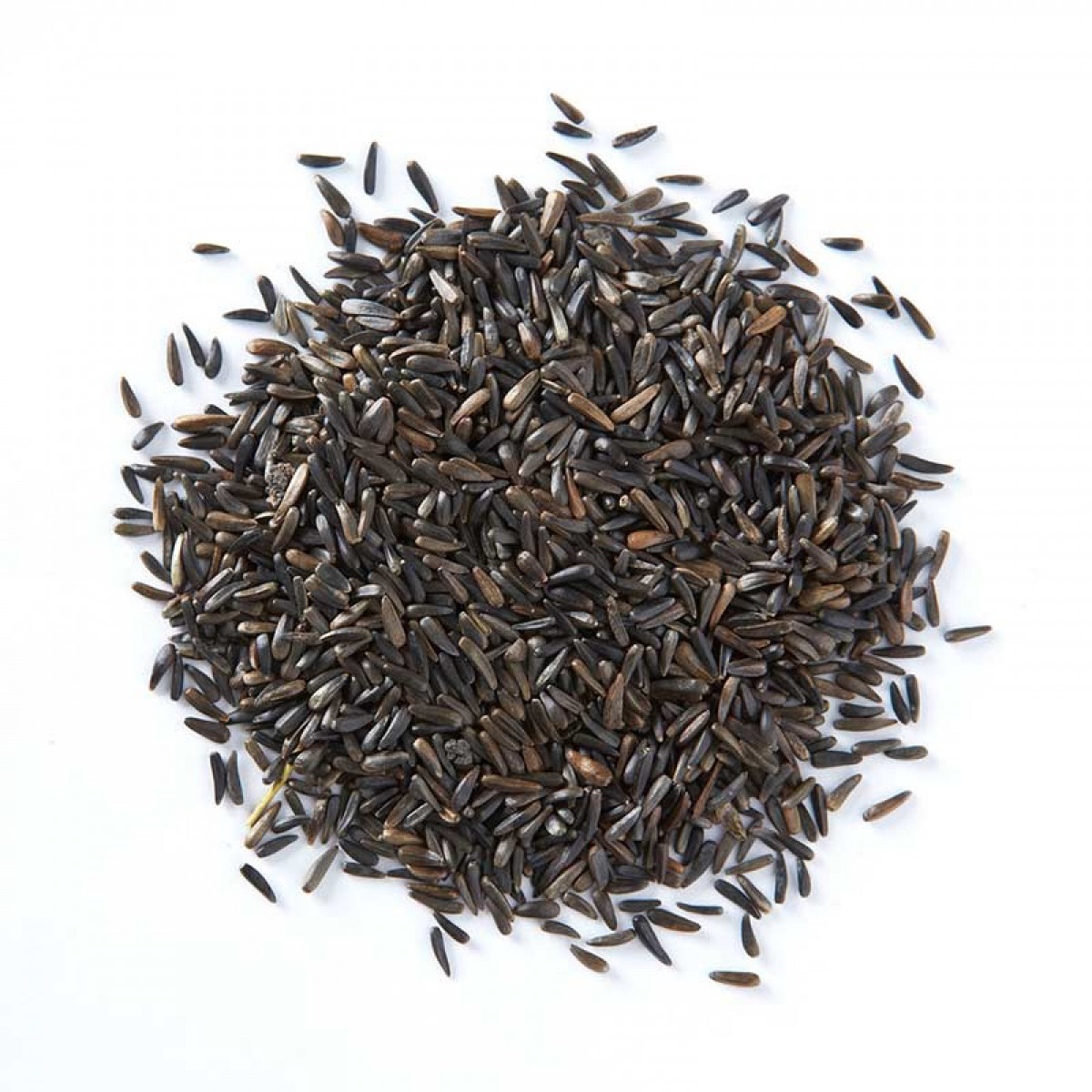
Niger(Nyjer) Seeds which comes from the Ramtili plant and scientifically known as Guizotiaabyssinica. Oil enriched, black and small Ingurgitated with oils. Organic Niger Seeds are mainly used to feed the birds and it also marginal used in India as jelly. The Niger plant is an erect, stout, branched annual herb, grown for its edible seeds and oil. It is rich in carbohydrates, protein & dietary fibers. It is also used as a spice in food.

Niger is an oily seed which makes it an excellent energy source for the birds that eat it. Niger oil is widely used as cooking oil, in soaps and paints.

Safflower is commercially cultivated for vegetable oil production. Exhibiting a slightly pale white colour and firm texture, our offered Safflower seeds speak volumes about their excellent quality. These are perfectly suited for producing cooking oil rich in Vitamin E and low in saturated fats, though flavorless & colourless, this oil can be used in salad dressing too. Safflower seeds contain a maximum oil content of 48% that ensures higher oil production from every 100 gram of seeds crushed. Nutrition-wise, its safflower seed oil provides same benefits as sunflower oil including reduced cholesterol, improved heart health etc. The high nutrition (fiber, fat and protein) associated with safflower seeds make them suitable for bird feed as well. Indigenous, use of safflower oil as a cooking medium is on increase due to low saturated fats.

Safflower seed oil is flavorless and colorless, and nutritionally similar to sunflower oil. It is used mainly in cosmetics and as cooking oil, in salad dressing, and for the production of margarine. It may also be taken as a nutritional supplement. There are two types of safflower that produce different kinds of oil: one high in monounsaturated fatty acid (oleic acid) and the other high in polyunsaturated fatty acid (linoleic acid).
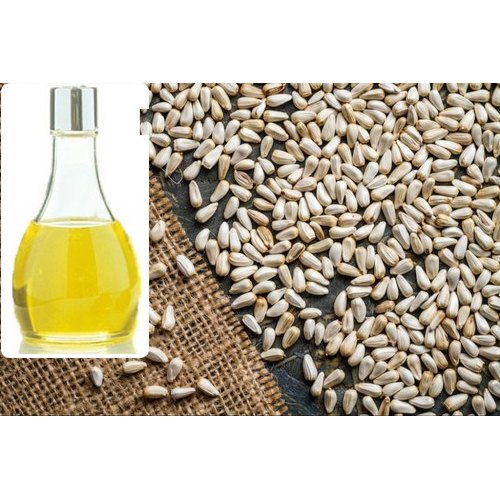
A major source of polyunsaturated oil, sunflower seeds have a peculiar tear-drop shape Eating sunflower seeds raw & unsalted is generally considered healthy as it is low in salt content compared to when consumed in roasted or boiled form. Enriched with B complex vitamins, phosphorous, iron, calcium, Vitamin E and minerals,

Sunflower oil is the non-volatile oil compressed from sunflower seeds. Sunflower oil is commonly used in food as frying oil, and in cosmetic formulations as an emollient. The oil content in Indian Sunflower seed ranges between 38 and 44% whereas protein content is 18-20%. Sunflower has been a daily-use cooking oil by most of the households, each sunflower seed contains around 30% of oil in its kernel. The oil extracted is of light amber color and mind and pleasant in taste. It gets its yellow color in the refining process. The health benefits of Sunflower Oil include improvement in heart’s health, boosting energy, strengthening of the immune system, keeps skin healthy and young, prevents from diseases like cancer, asthma, etc. and lower cholesterol, and reduce inflammation.
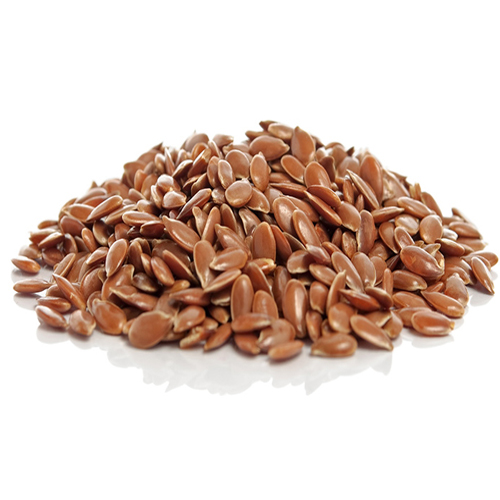
Linseed is the oilseed crop with the highest content of the omega-3 fatty acid called alpha-linolenic acid. It is also a rich source of protein, dietary fibers, and phytoestrogens. Cultivated linseed varieties contain 45–50% oil on a dry-weight basis. The versatility of linseed is exemplified by its multiple end uses as human food, animal feed, and industrial applications. Omega-3-enriched eggs and meat are obtained by feeding linseed to poultry and livestock, and enriched beverages are produced by linseed oil supplementation. Many health benefits have been associated with the consumption of linseed. Current varieties include Brighton, Juliet, Batsman and Festival

The seed contains about 40% oil and the residue is a high protein animal foodstuff. The drying oil produced from linseed is mainly used for making paints, putty, varnishes, oil cloth, linoleum, printer’s ink, etc.
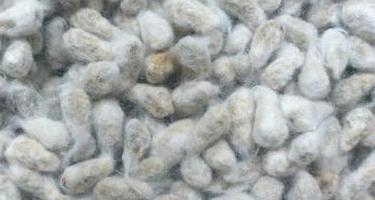
India has been a leader in producing and exporting cotton since the olden times.
Cotton is one of the most cultivated crops in India, with great economic importance attached to it.
India is also the second largest producer of Cotton worldwide.
Cotton seed are used in various forms:
Oil:
Cottonseed is recovered from lint and crushed for oil. Recovery is about 11-12% of seed.
Meal:
Leftover endosperm after oil extraction is a rich source of protein and is used as a feed for animals or fertilizer for plants. Recovery of meal is about 85-86%. It is also known as Kapasia khalli or COC.
Hulls:
The outer cover of the cottonseed is called hull and its recovery is about 2%. They are rich source of protein and fiber (cellulose). They are considered cost effective animal feed.
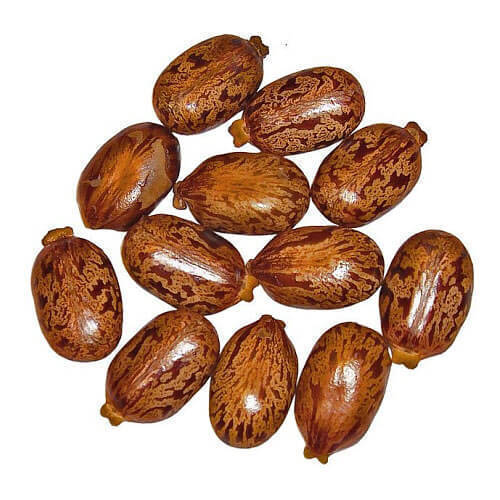
Castor is a Triglyceride in which approximately 70% of fatty acid chains are ratiocinate. Ole ate and linoleates are the other significant components. Castor seeds oil and its derivatives are used in the manufacturing of soaps, lubricants, hydraulic and brake fluids, paints, dyes, coatings, inks, cold resistant plastics, waxes and polishes, nylon, pharmaceuticals and perfumes.

Castor oil is generally a non-edible vegetable oil obtained by pressing the seeds of the castor oil plant. Castor oil and its derivatives are used in the manufacturing of soaps, lubricants, hydraulic and brake fluids, paints, dyes, coatings, inks, cold resistant plastics, waxes and polishes, nylon, pharmaceuticals and perfumes. There are various benefits of Castor oil essentially for Hair growth. In India, Pakistan, Nepal and Bangladesh, food grains are preserved by applying castor oil, it stops rice, wheat, and pulses from rotting.
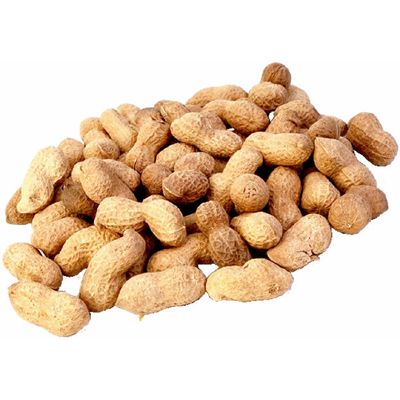
India is one the largest producers and exporters of groundnuts. It is also called peanuts. Indian groundnuts have a rich nutty flavor, sweet taste, longer shelf life and are packed with amazing health benefits. Since it is produced in abundance in India. In Indian subcontinent, people savor the salted and roasted groundnuts as a snack, however, its major use in India is the extracted oil used in cooking. In the US, peanuts are used in candies, cakes, cookies, and other sweets. Peanut butter is one of the most popular peanut-based foods in the US. Peanuts are rich in nutrients, providing over 30 essential nutrients and phytonutrients. Peanuts are a good source of niacin, folate, fiber, magnesium, vitamin E, manganese and phosphorus. They also are naturally free of trans-fats and sodium, and contain about 25% protein (a higher proportion than in any true nut). While peanuts are considered high in fat, they primarily contain “good” fats also known as unsaturated fats. Groundnut contains more protein then meat, two and half times more than eggs and more than any other vegetable food. Groundnuts in India are available throughout the year due to two-crop cycle harvested in March and October. We export both Bold and Java Varieties in Various sizes (40/45, 45/50, 50/55, 60/70, 70/80).
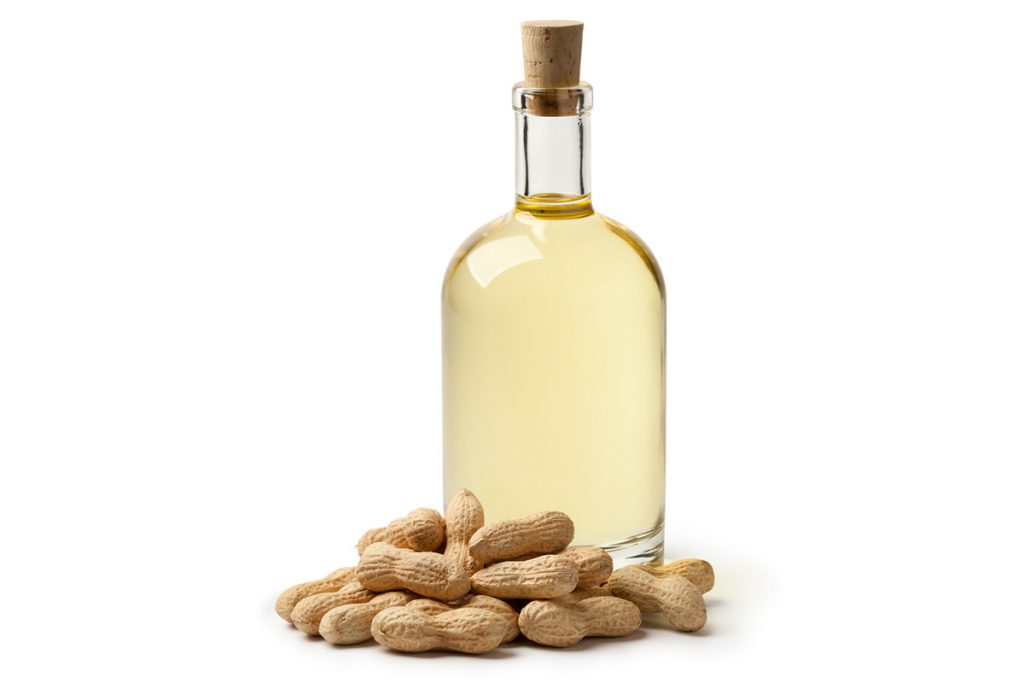
Peanut oil, is a mild tasting vegetable oil derived from peanuts.
The oil is available in refined, unrefined, cold pressed, and roasted varieties, the latter with a strong peanut flavor and aroma, analogous to sesame oil.
Peanut oil has a high smoke point relative to many other cooking oils, so is commonly used for frying foods.
Different verity of Groundnut we have are Bold or Runners, Java or Spanish and Red Natals
• Indian HPS Groundnut Kernel – Bold 38/42, 40/50, 50/55, 60/70, (Moisture – 7% – 8%)
• Indian HPS Groundnut Kernel – Java 50/60, 60/70, 70/80, 80/90 (Moisture – 7% – 8%)
• Groundnut in shell